Ensuring food security for more than 1.4 billion people is a difficult problem for China, as climate change poses an increasingly greater challenge.
This year's heat wave arrived earlier than usual in northern and western China, causing a corn crop failure in the suburbs of Chengde city in Hebei province due to drought.
In Xiaben, a city in Heilongjiang province in northeastern China, heat waves overloaded the power grid, causing a widespread blackout that left 462 pigs at a farm dead from suffocation and prolonged heat.
Xinjiang region recorded a record temperature of 52.2℃ on July 17, while many other regions of China had average temperatures exceeding 40℃.
Meanwhile, the situation in central China’s Henan province is the opposite. This year’s rains came early, causing floods and inundating many fields.
The region produces a quarter of China’s barley, but a large portion of the crop has been irreparably damaged. Prolonged heavy rains are also threatening crops in other agricultural regions across southern China.
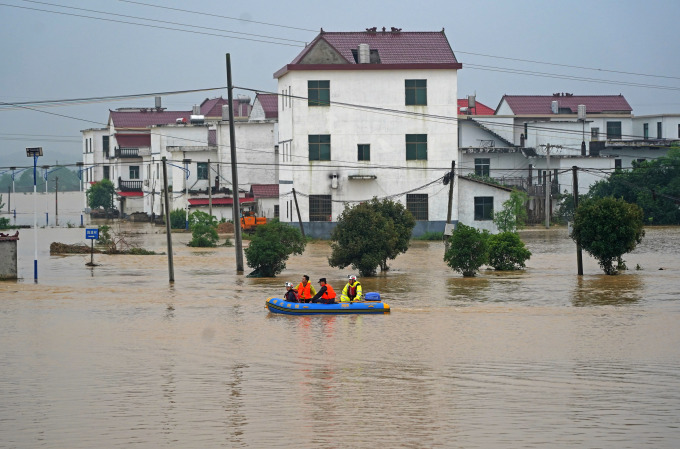
A flooded area in Fengcheng city, Jiangxi province, China on May 6. Photo: AFP
Extreme weather caused by climate change combined with this year's El Nino phenomenon "is adding to the challenges facing the country's agriculture sector and threatening long-term food security," according to Zhang Yumei and Fan Shenggen of China Agricultural University. The study, funded by China's Ministry of Agriculture, forecasts that China's corn, rice and wheat production will decline by about 8 percent by 2030 due to more frequent droughts.
Ensuring affordable food for the country of more than 1.4 billion people is one of Beijing's top priorities. President Xi Jinping has been pushing for greater self-sufficiency in food supplies since taking office in 2013, often emphasizing the need for China to "secure the people's rice bowl and fill it with Chinese rice."
At the 20th National Congress of the Communist Party of China in December 2022, he reaffirmed that food security is “an extremely important issue for national security.” However, the goal of food security is facing mounting challenges. China accounts for 20% of the world’s population, but has less than 10% of the world’s agricultural land.
China's agricultural sector produced more than 685 billion tons of rice in 2022, according to the National Bureau of Statistics. It would be the eighth consecutive year that the country has harvested more than 650 billion tons of rice, but senior officials, including Justice Minister He Rong, have warned that China will find it difficult to maintain or improve productivity in the near term.
With rapid modernization and urbanization over the past few decades, China’s arable land has been shrinking. The Chinese government estimates that between 2013 and 2019, the country’s arable land area decreased by about 5% due to a variety of factors, including overuse of fertilizers, unsustainable exploitation, extreme weather, environmental change, water shortages, and pollution.
The aging rural population is also having a negative impact on agricultural productivity. The number of people over 65 in rural China tripled in 2020 from 1990, accounting for 18% of the population, according to a labor force survey released by the All-China Federation of Trade Unions in February.
Since 2004, China has been running a trade deficit in agricultural products. This situation is partly due to the growing demand for high-end food products due to rapidly improving living standards, combined with the world's leading economic growth rate. China is now the world's largest importer of soybeans, corn, wheat, rice and dairy products.
China's food self-sufficiency rate fell from 93.6% to 65.8% between 2000 and 2020. Import demand for sugar, meat, canned goods and edible oils increased sharply. In 2021, nearly 70% of China's edible oil demand was dependent on imports, almost as high as its crude oil import rate.
In 2015, China passed the National Security Law, which allows the state to use all comprehensive measures to ensure food security, safety and quality. Since 2004, central government documents have repeatedly reiterated policy notes on the "three issues of agriculture, rural areas and farmers".
Observers say China does not want to be caught off guard when it comes to food security if the global supply chain is disrupted by external factors. Recent international events, such as the Covid-19 pandemic and the war in Ukraine, have only reinforced this policy resolve.
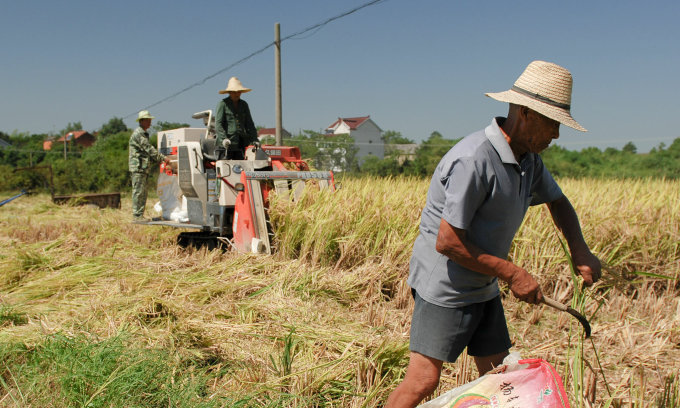
Farmers harvest rice in Anhui province, China in September 2010. Photo: VCG
Ma Wenfeng, a senior expert at Beijing Oriental Agricultural Consulting (BOABC), said the key to ensuring food security is to improve overall productivity in rural areas. He warned that China is lagging behind advanced agricultural countries in terms of productivity.
“Except for wheat, China's productivity in most other food crops is lower than that of major exporters in the world such as the US, Canada and Australia,” Ma said.
Even Pay, an expert at consulting firm Trivium China, said China needs to accelerate research into seeds that are more resilient to climate change, as well as research into techniques and build infrastructure for farming in drought conditions.
According to expert Xu Yinlong, Chinese Academy of Agricultural Sciences, in 2022, the country spent more than 129 billion USD to build water storage and supply infrastructure, an increase of 44% compared to a year ago.
China’s reform efforts will take time to bear fruit, especially as climate change leads to increasingly unpredictable and severe weather extremes, according to Genevieve Donnellon-May of the University of Oxford in the UK and Zhang Hongzhou of the S. Rajaratnam School of International Studies (RSIS) in Singapore. “In the long term, China’s food security situation remains an unknown,” they said .
Thanh Danh (According to China Daily, SCMP, Economist, CFR )
Source link








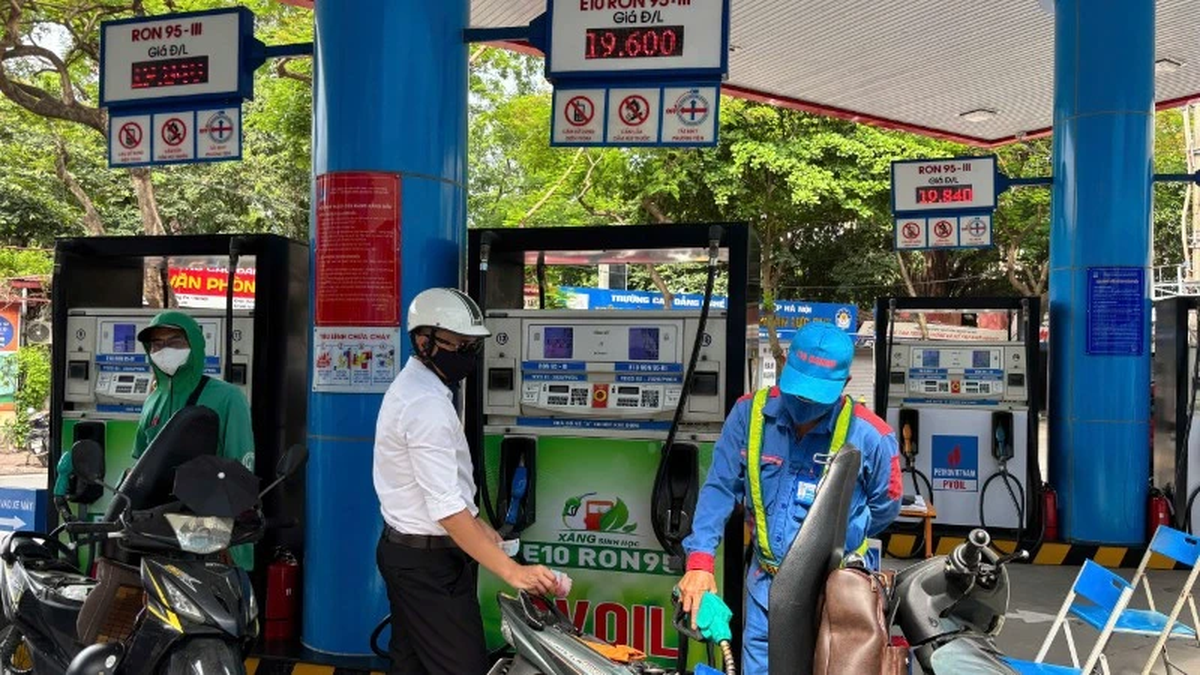
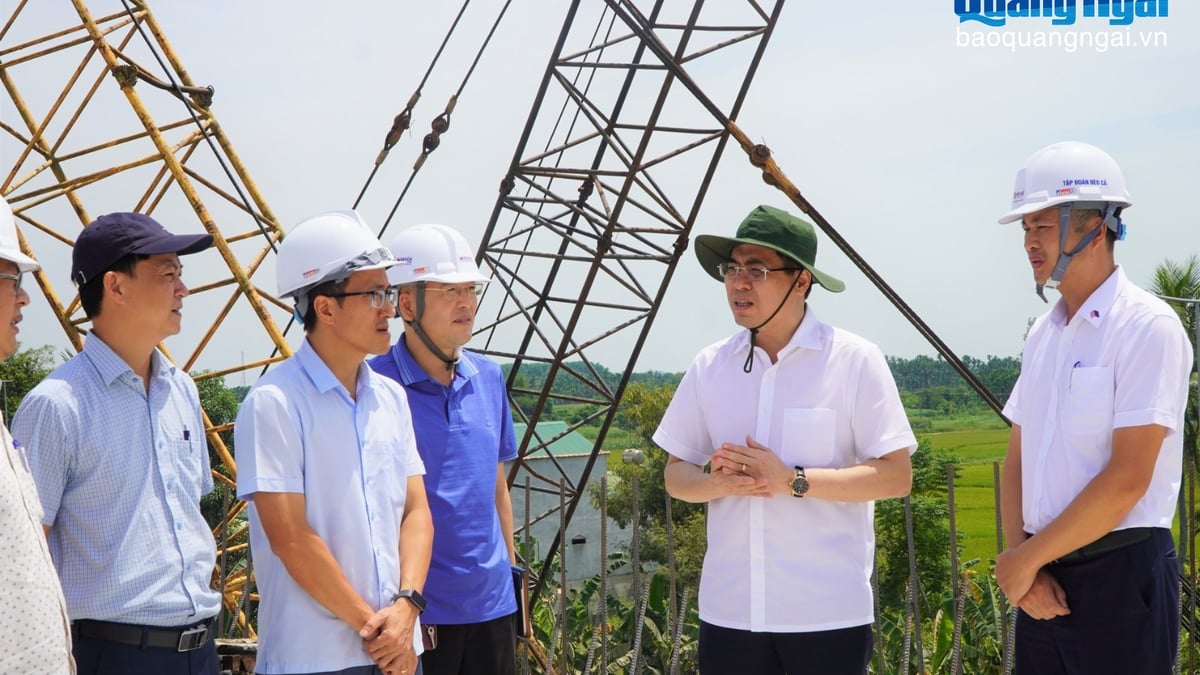
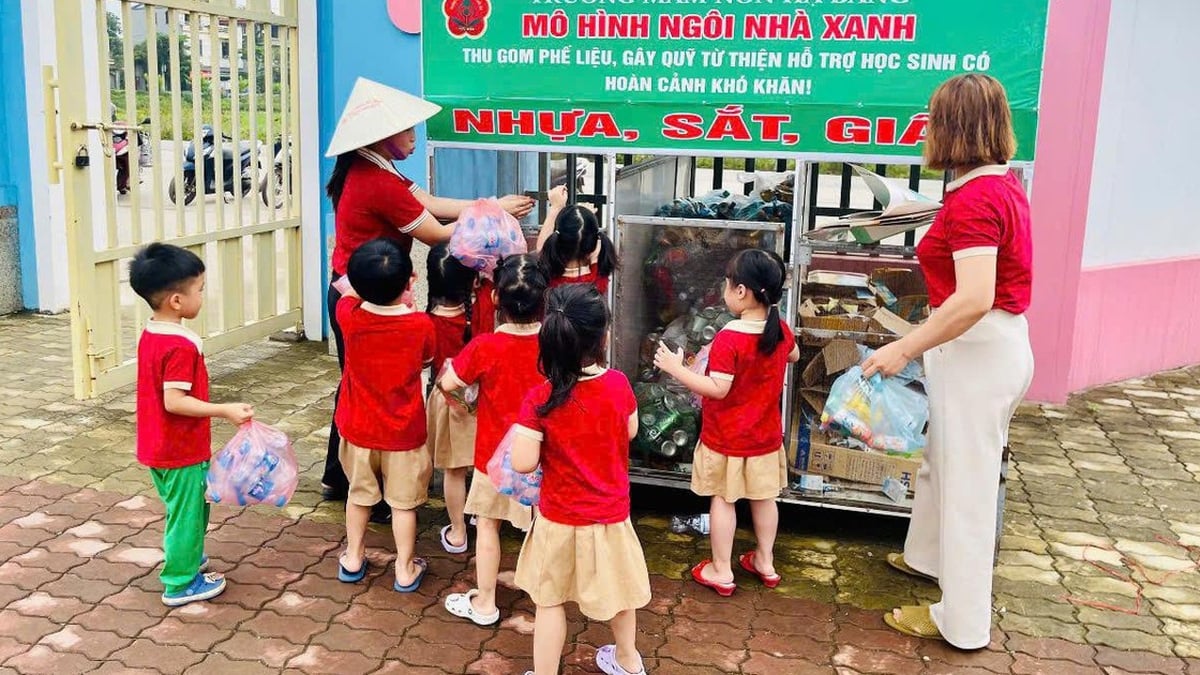




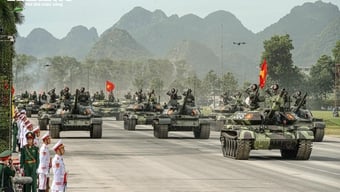






![[Photo] Nghe An: Provincial Road 543D seriously eroded due to floods](https://vphoto.vietnam.vn/thumb/1200x675/vietnam/resource/IMAGE/2025/8/5/5759d3837c26428799f6d929fa274493)
![[Photo] Discover the "wonder" under the sea of Gia Lai](https://vphoto.vietnam.vn/thumb/1200x675/vietnam/resource/IMAGE/2025/8/6/befd4a58bb1245419e86ebe353525f97)
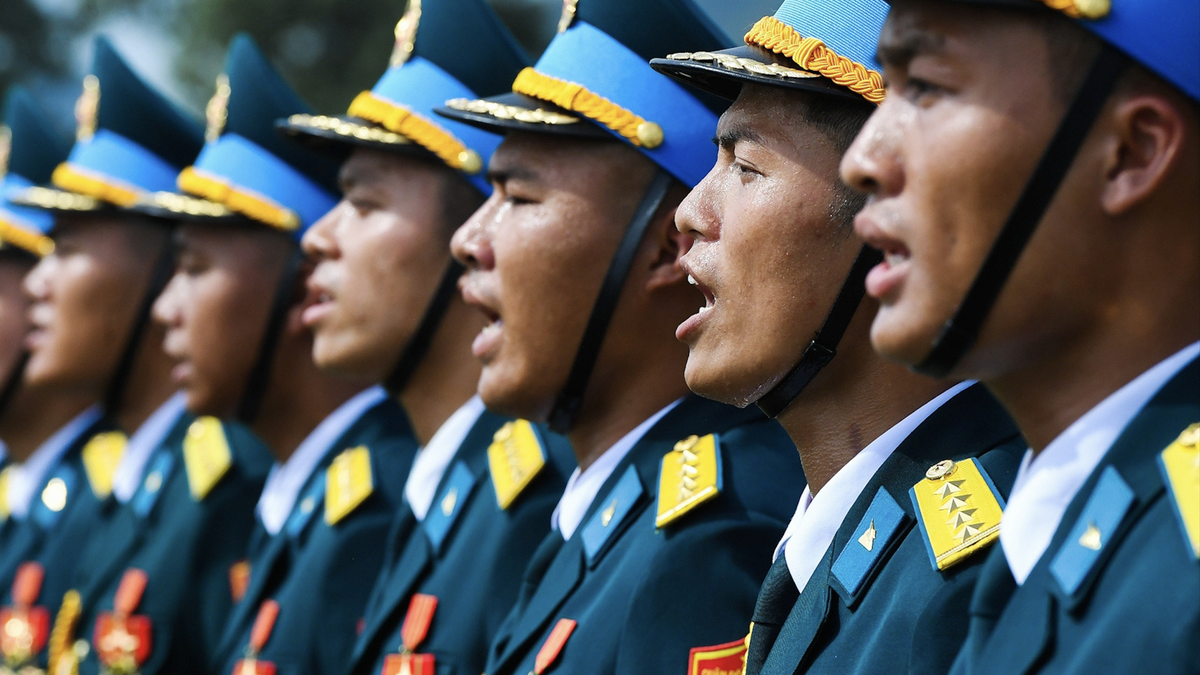
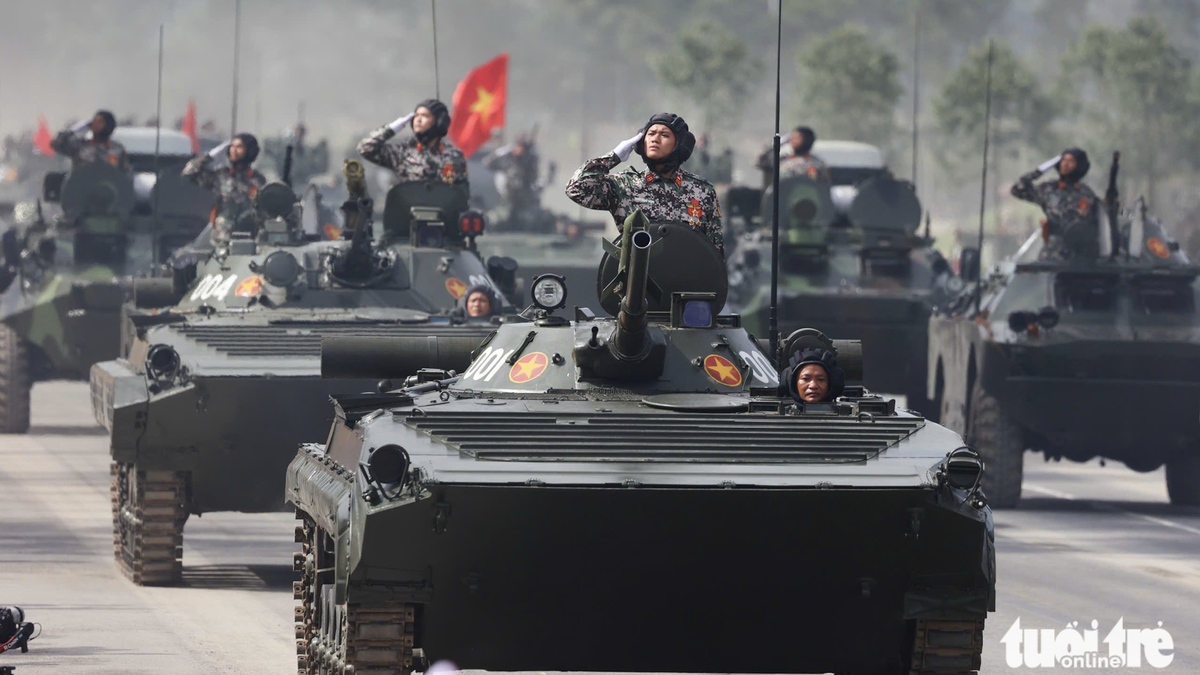

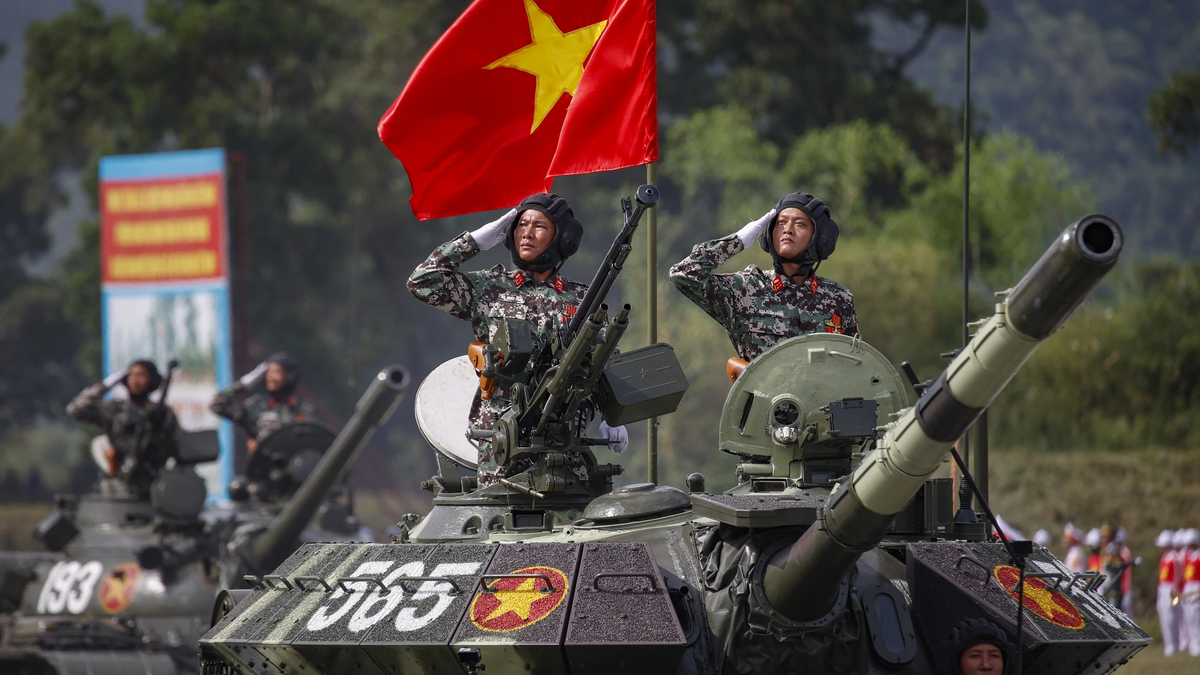
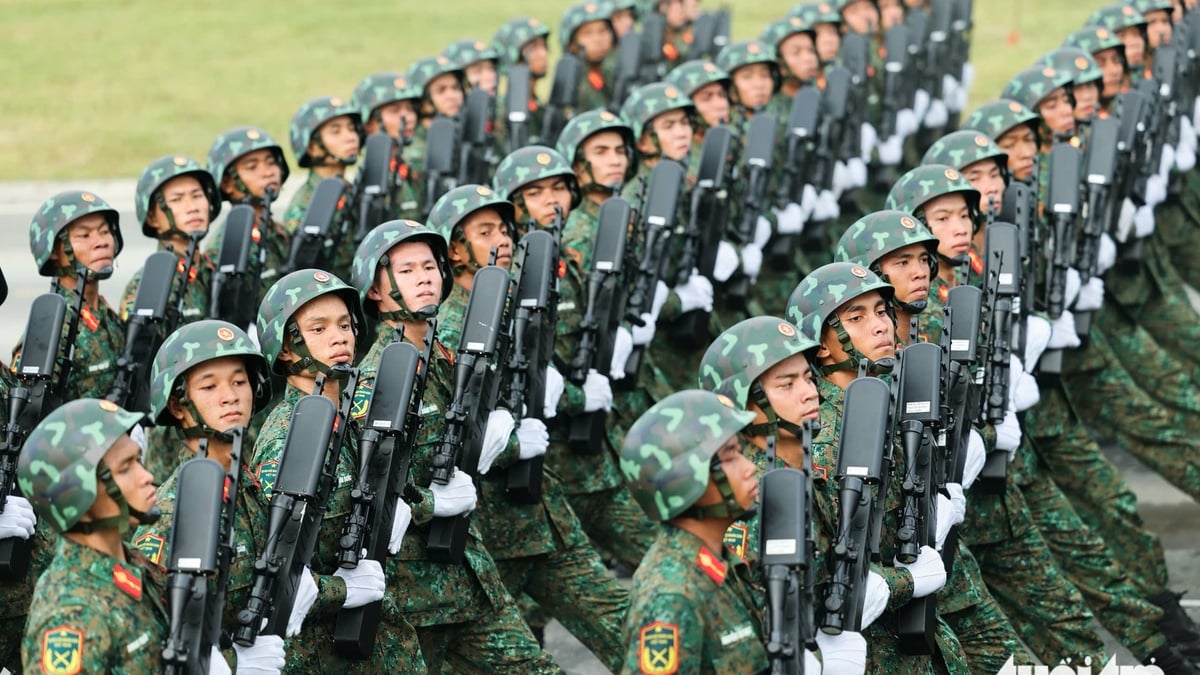

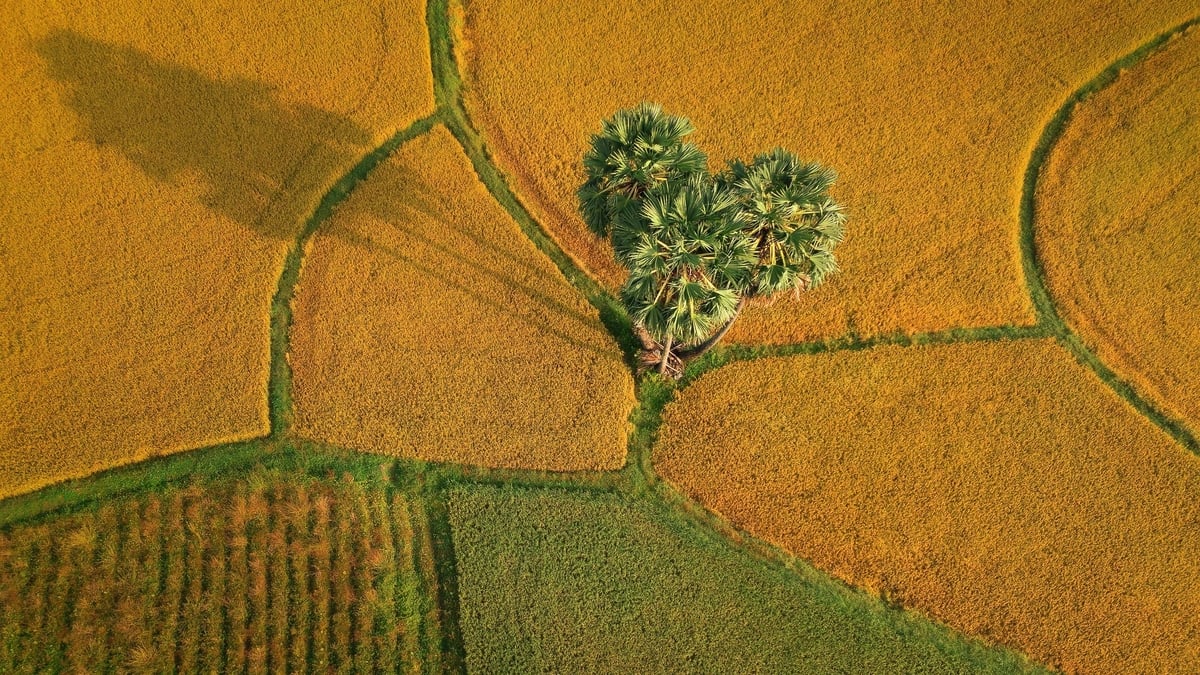
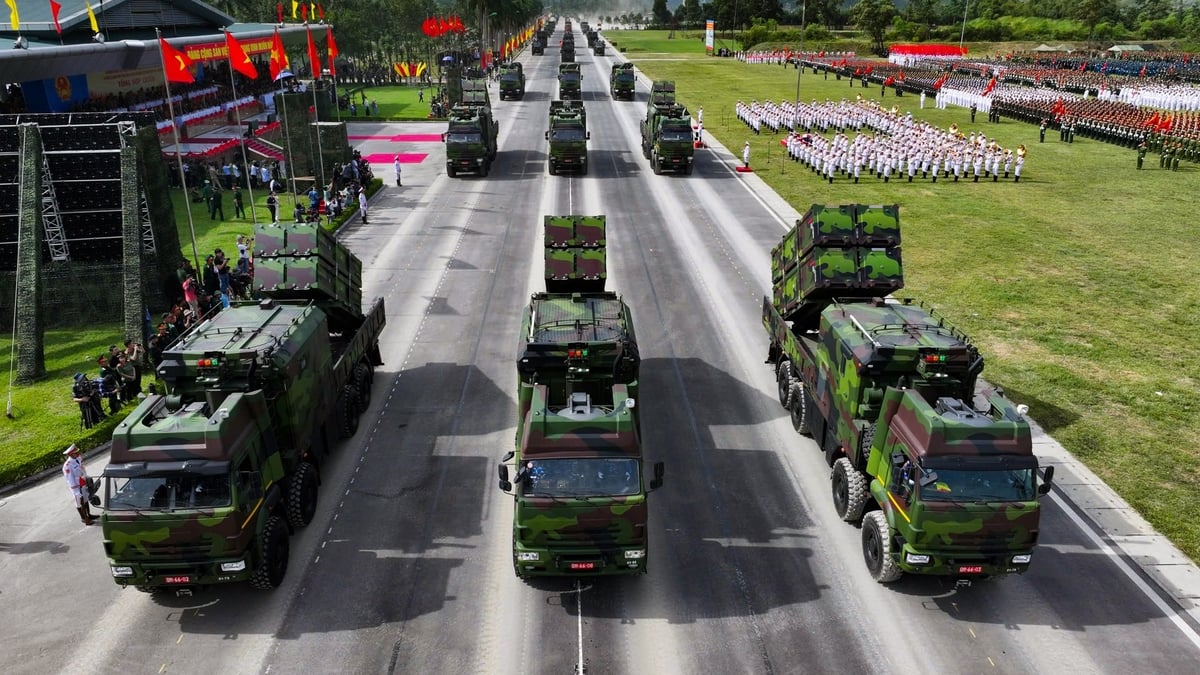
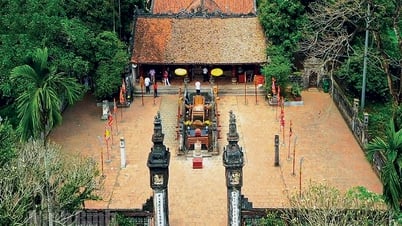

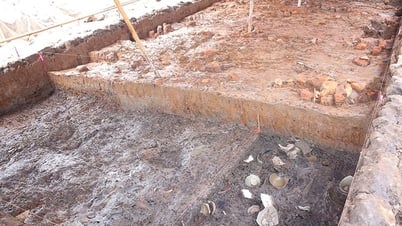



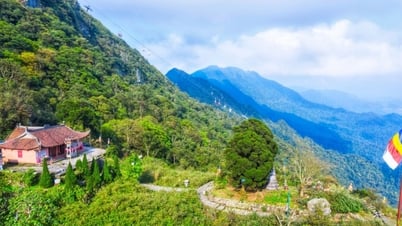

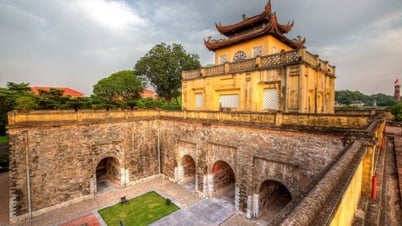

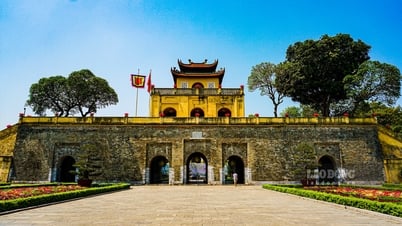






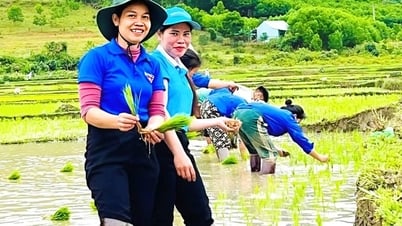



















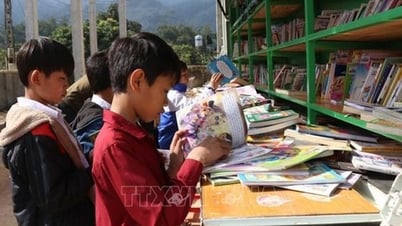


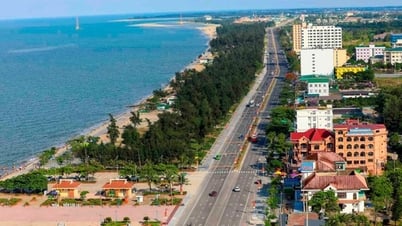









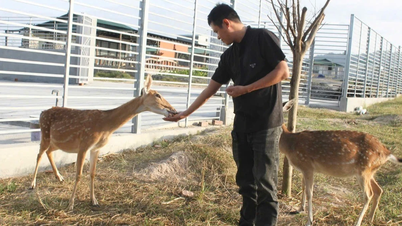

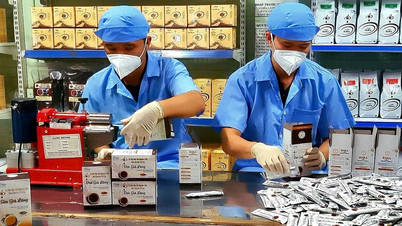


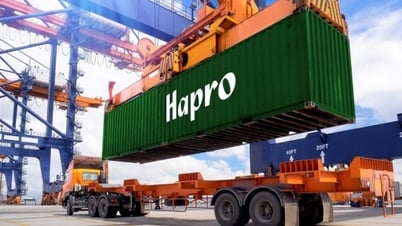





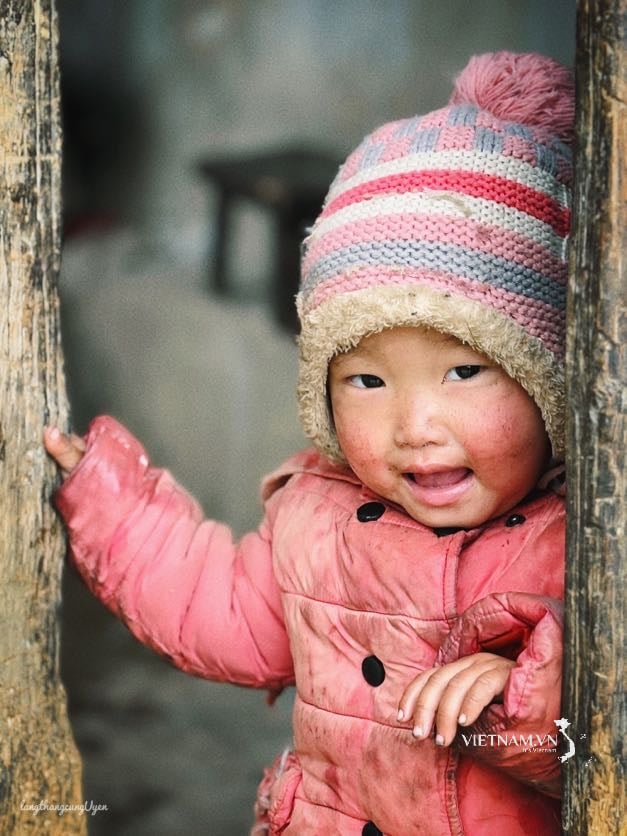
Comment (0)